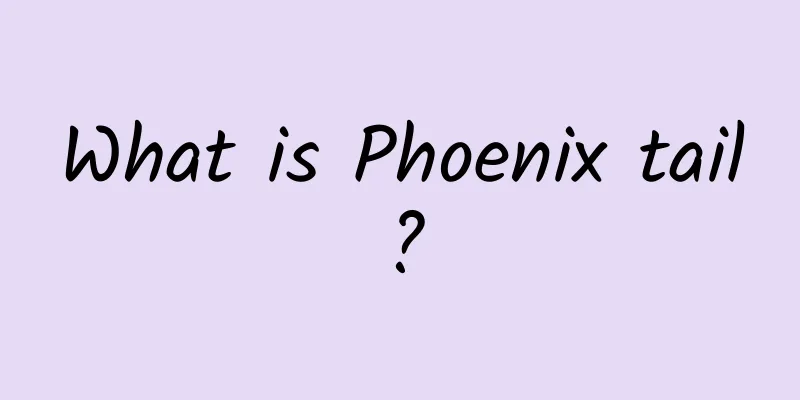Planting time of roses

Planting and managementGenerally, the best season to transplant roses is after the soil in Leso thaws. When digging up the seedlings, be sure to make a good ball of soil and try not to damage the roots. In order to reduce the evaporation of water from branches and leaves, some branches and leaves should be pruned off appropriately (no more than one third). After planting, water and shade should be provided in time. After a week of seedling acclimatization period, the plants should be exposed to weak light in the morning and evening, and gradually placed under full sunlight for daily management. Roses are relatively drought-resistant, and the soil should not be too moist, especially waterlogging. For roses planted in the ground or in pots, water them thoroughly once, and then water them again when the topsoil is dry. Especially the first watering after transplanting, make sure to water it thoroughly. If it is not thoroughly watered in one go, you should continue to water it until it is thoroughly watered. Afterwards, according to the principle that the soil is sometimes wet and sometimes dry, watering should be carried out reasonably according to the soil moisture, weather conditions and the growing season of roses. Some rose lovers, fearing that the roses will dry out and die, water them frequently, causing water accumulation in the soil, making it wet and sticky. This is not conducive to the breathing of the rose roots, causing the roots to rot and eventually die. The main fertilizers for roses should be coarse fertilizer and base fertilizer. Applying more organic fertilizer will help improve the soil, which will improve the soil's water retention, permeability and ventilation properties. When applying organic fertilizer as base fertilizer or topdressing, you must make sure it is thoroughly decomposed. When applying base fertilizer, avoid piling it at the base of the rose's rhizomes. It is not advisable to apply liquid fertilizer or concentrated fertilizer. Otherwise it will be detrimental to the growth of roses and may even cause death. Roses are suitable for growing in fertile, loose, breathable and well-drained neutral sandy loam. The potting soil is a mixture of 40% decomposed horse (cow) dung, 40% garden soil, and 20% sand. It is loose, breathable, and has poor water retention and drainage properties, which is also the main cause of rose death. |
<<: How to grow the succulent spring miracle
>>: These 8 indoor hanging basket plants grow into a large bush
Recommend
What are the cultivation methods and precautions of Banyan Tree?
Introduction of Banyan Tree The Banyan tree, also...
Do orchids prefer shade or sun?
Do orchids prefer shade or sun? Orchid flower is ...
What is the best month to plant cabbage?
When to plant cabbage The planting time of cabbag...
How often should green apples be watered?
How often should green apples be watered? Green a...
Libra's Guardian Plant - Hydroponic Brazilian Wood
Hydroponic Brazilian Wood Brazil wood is a highly...
The wild fruits on the roadside 20 years ago can no longer be found now. Have you ever eaten them?
1Paperberry The fruit of the mulberry tree is swe...
How and when to plant radish
Radish planting time and month Radish is a common...
Asparagus planting time and method management and planting technology
Asparagus Planting Time Asparagus is planted in s...
How long is the growth cycle of orchids?
Introduction to Orchid Growth Orchids are mostly ...
Can Hosta be grown in water?
Can it be grown in water? Hosta can be grown in w...
How to plant Tangyin seeds
Soil Preparation If you want to grow flowers well...
What flowers can be used for winter weddings
1. Rose: The first thing that comes to mind is of...
How to fertilize jasmine
1. Fertilization method Forsythia does not requir...
The cultivation methods and precautions of Artemisia capillaris
1. Matrix selection Artemisia capillaris can adap...
Can African jasmine be propagated by cuttings?
Can African jasmine be propagated by cuttings? Af...









